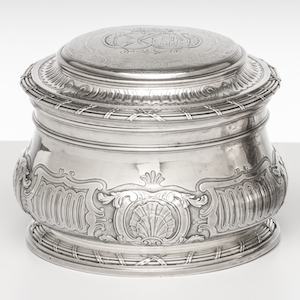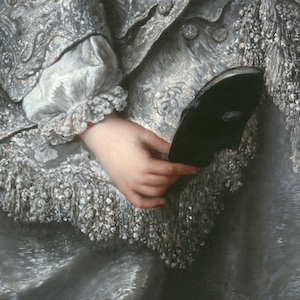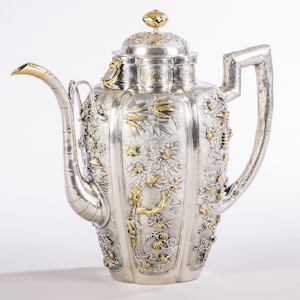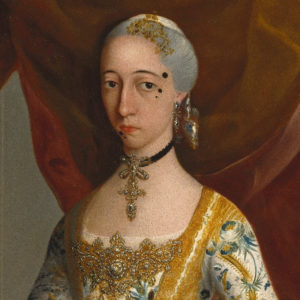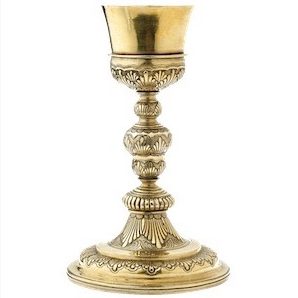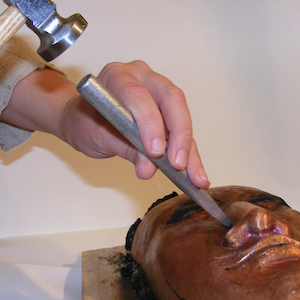Dani Ezor In 1739, the seventeen-year-old Henriette Julie Gabrielle de Lorraine, daughter of Louis de Lorraine, prince de Lambesc, was sent to Portugal to marry the 55-year-old Jaime de Melo, duc de Cadaval. While the two families were tied by a previous marriage, this union was of paramount importance. The…
“White when Polished:” Race, Gender, and the Materiality of Silver at the Toilette
